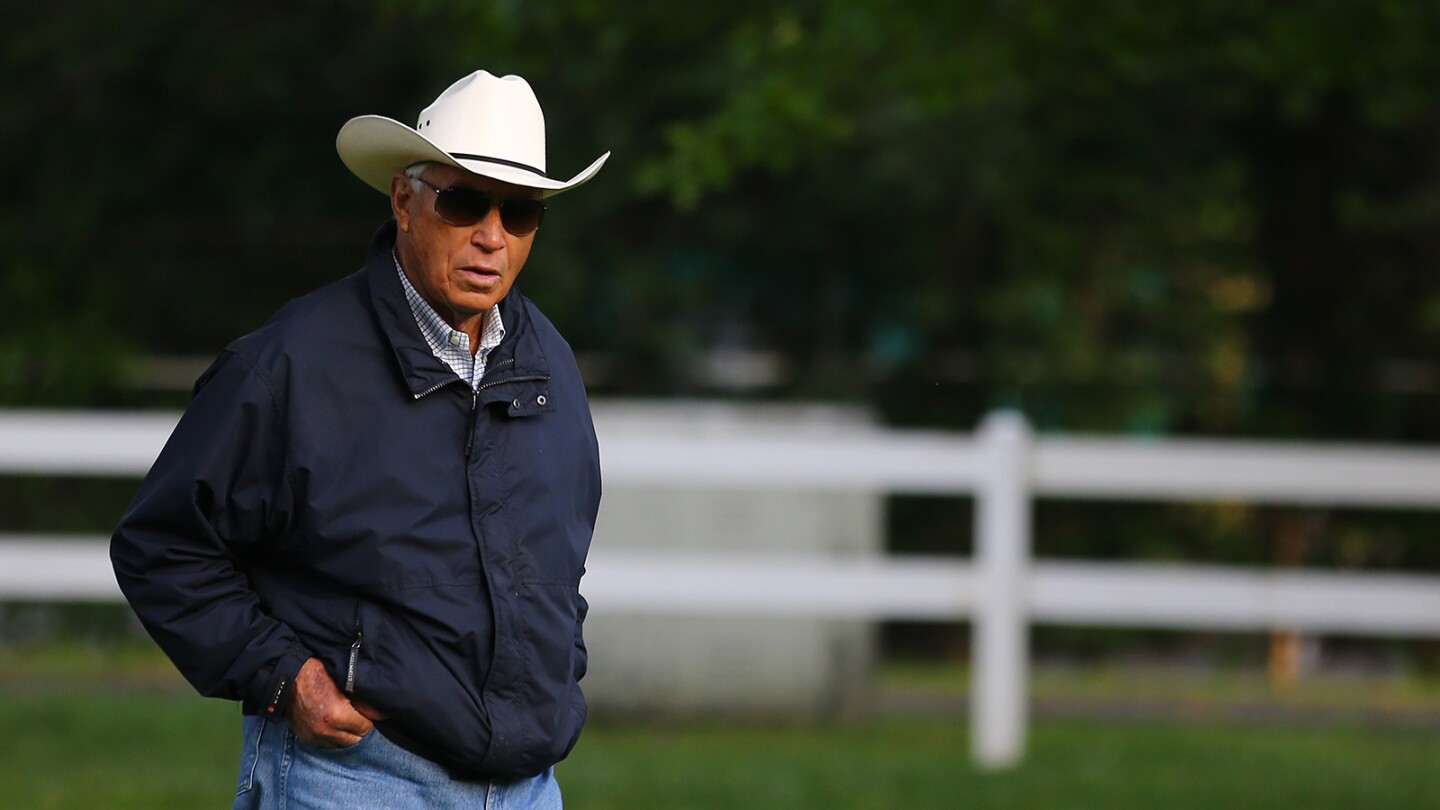D. Wayne Lucas’s dominance in horse racing peaked in the mid-1990s, coinciding with when I first became a fan. Back then, he was the sport’s equivalent of Pat Riley—always sharply dressed, confident in his stride, and consistently successful. In 1994, Lucas won both the Preakness and Belmont Stakes, followed by three Triple Crown race victories in 1995 using two different horses, and reclaimed the Kentucky Derby and Belmont Stakes in 1996. Every spring, I eagerly watched him approach the winner’s circle, proudly hoist his latest trophy, and confidently vow to win even more the following year. He seemed unbeatable and had earned my admiration.
At the time, I believed his reign was unshakable. As a teenager, I hadn’t yet faced the harsh realities of life. Yet, every king eventually steps down, and Lucas’s era was soon eclipsed by a new star—Bob Baffert. Like Lucas, Baffert had style and swagger and won his first Triple Crown race in 1997 with Silver Charm in the Derby, also capturing the Preakness but falling short in the Belmont. By 1998, Baffert had nearly clinched the Triple Crown, missing by only a few inches. Lucas had faded into the background—Baffert was the future, Lucas the distant memory.
That setup made the magical May of 1999 all the more special. Baffert brought three horses to the Churchill Downs Derby, aiming for a Triple Crown victory and favoritism in the betting. Lucas had two contenders: Cat Thief, who had performed well in some prep races, and Charismatic, a long shot who had recently been claimed and seemed hopeless. Despite Charismatic’s record-setting stakes times qualifying him for the Derby, expectations were low, and Lucas’s legacy now included unfulfilled hype.
Yet, driven by nostalgia, I believed Lucas still had something to prove—this felt bigger than just horse racing. Charismatic, a 31-1 underdog, controlled much of the race and surged past Cat Thief on the final stretch. ABC’s Dave Johnson exclaimed, “Lucas is running one now!” When Charismatic held off a late challenge, it marked one of the most thrilling moments in Derby history: Lucas was back.
Next came Baltimore for the Preakness. Charismatic entered as an 8-1 underdog, widely regarded as a fluke Derby winner about to be exposed. At the backstretch, the horse seemed to falter, but as the leader tired, Charismatic overtook the field with ease. Lucas pumped his fist in triumph on ABC’s broadcast as they headed for the winner’s circle. Suddenly, the idea of a Triple Crown appeared possible—and with this horse, no less. It was an unlikely, yet exhilarating reality.
Belmont was heart-wrenching. Charismatic briefly led but clipped a hoof, fracturing his leg. Though he recovered and went on to sire many offspring, the Triple Crown dream slipped away. Through that dramatic season, I found a hero who captivated me for years to come.
Time moved on, and with it, attempts to push Lucas into history. His major backer disappeared, Baffert’s star rose, others emerged from Lucas’s own stable, and age began to take its toll. While he never returned to his former peak, Lucas embraced these challenges and kept competing among the sport’s best, revitalizing himself time and again. That resilience is why I have remained loyal.
Just last year during NBC’s 2024 Preakness coverage in Baltimore, with the spotlight on Mystik Dan, a recent Kentucky Derby winner, and Baffert’s steeds arriving from California, the seasoned 88-year-old Lucas appeared with two horses of his own. I fixated on one—Grab the Grey—and when it led much of the race, I felt a surge of hope. “Wait a second, Grab the Grey!” I cried aloud as the horse held strong, delivering one of the happiest moments I’ve ever experienced as a sports fan.
—
Fan Take: D. Wayne Lucas’s story is a testament to resilience and enduring passion in horse racing—a sport cherished for its blend of skill, history, and unpredictability. His remarkable comebacks inspire fans and underscore the timeless appeal of racing legends continuing to chase greatness, enriching the sport’s legacy for new generations.



